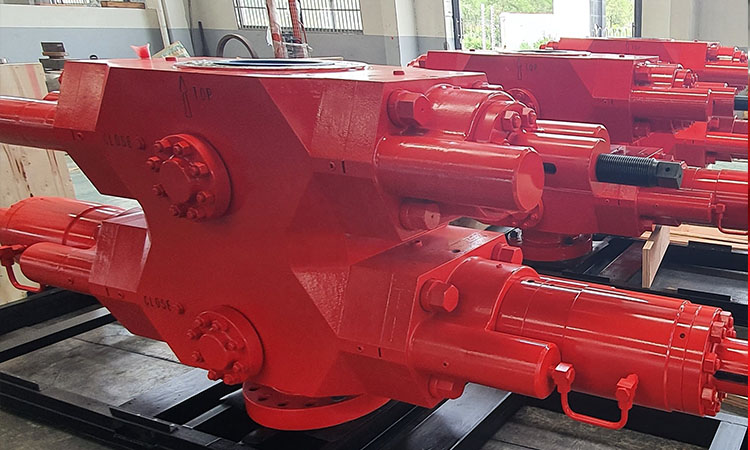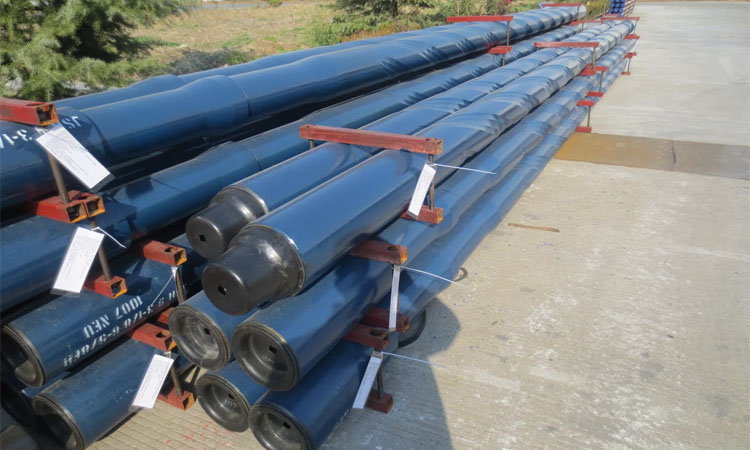Types and Primary Functions of Heat Exchangers in Refineries
Many processes in oil refineries require heating or cooling of fluids or gases. By using heat exchangers, high-temperature waste heat can be recovered and utilized to heat other fluids or gases, thereby reducing energy consumption. By properly utilizing heat exchangers for heat transfer, different stages of the refining process can maintain appropriate temperature conditions, leading to improved production efficiency and yield.
Additionally, in the refining process, distillation and separation operations are often necessary. Heat exchangers can achieve the separation of different components by cooling or heating, based on the differences in their boiling points, to separate the components from the mixture.
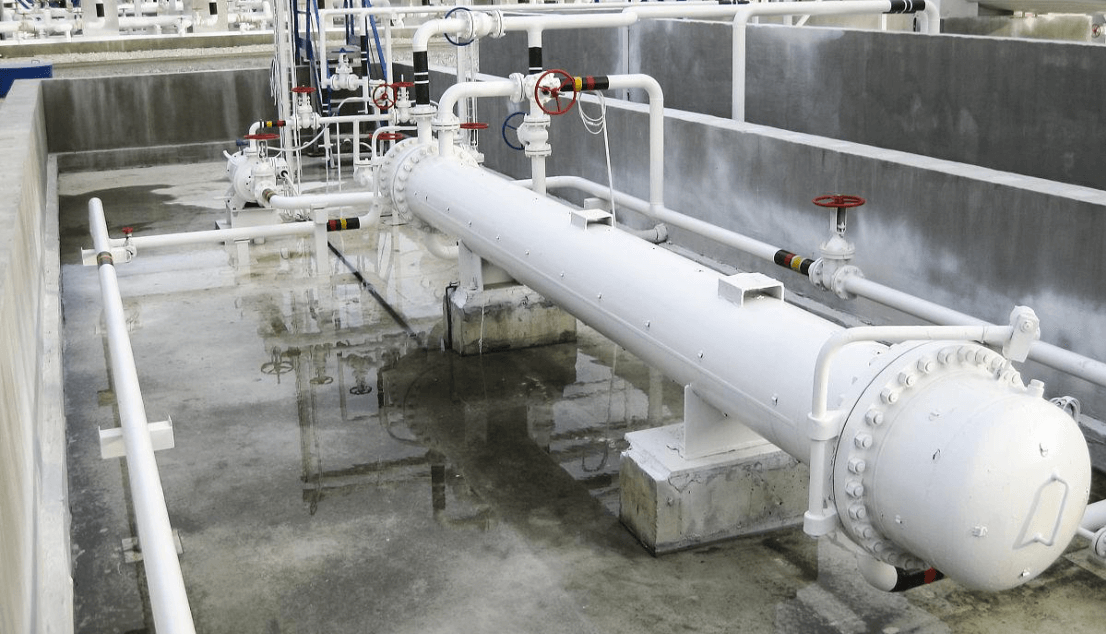
There are various types of heat exchangers used in oil refineries. Here are several common types:
Shell and Tube Heat Exchanger: This is the most common and widely used type of heat exchanger. It consists of a shell and a bundle of tubes inside. Heat is transferred through the tube walls to the fluid or gas inside the shell, enabling heat exchange.
Plate Heat Exchanger: This type of heat exchanger is composed of a series of metal plates with fluid channels formed between them. Heat is transferred across the surface of the plates, facilitating heat exchange. Plate heat exchangers are often used in applications that require high convective heat transfer, such as high-pressure and high-temperature processes.
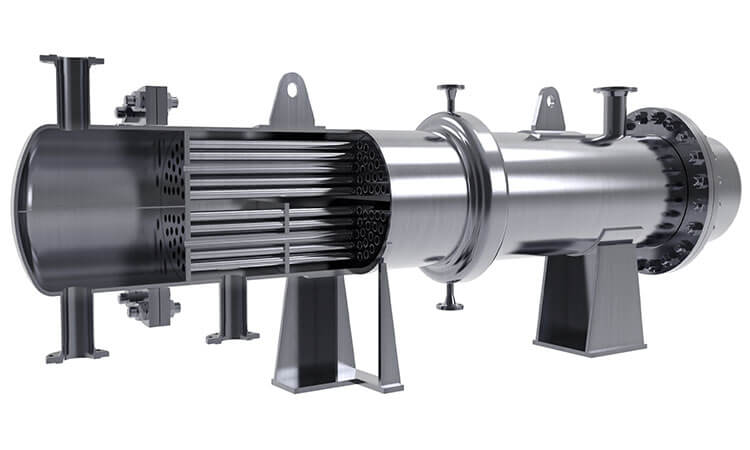
Spiral Plate Heat Exchanger: This heat exchanger utilizes spiral-shaped metal plates to form a spiral channel between two fluids. Heat is transferred across the surface of the spiral plates, facilitating heat exchange. Spiral plate heat exchangers are typically used for heat transfer involving high-viscosity fluids.
Air Cooled Heat Exchanger: This type of heat exchanger does not employ water or any other liquid as a cooling medium. Instead, it exposes the heat exchange surface to the air, utilizing natural or forced convection for cooling. Air cooled heat exchangers are commonly used in situations where water cooling is not feasible, such as in dry regions or when water is unavailable.
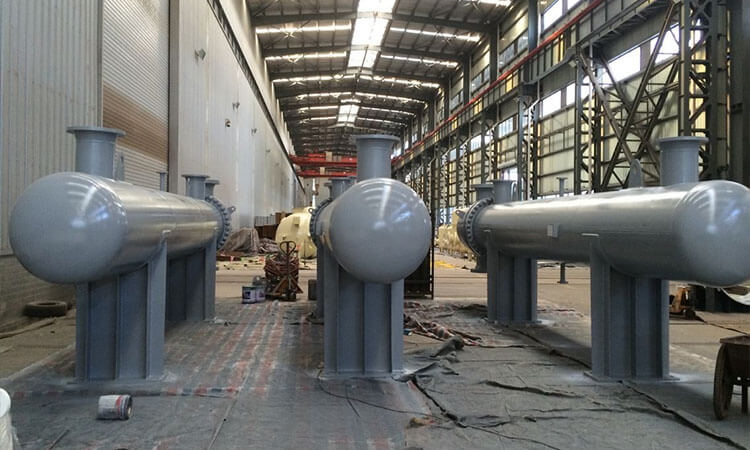
In addition to the above types, there are many other heat exchangers with specific purposes, such as bundled tube heat exchangers, evaporators, condensers, and more. The selection of a particular type of heat exchanger depends on the process requirements, properties of the fluids involved, environmental conditions, and other factors specific to the oil refinery.
Shell and tube heat exchangers are primarily used for heat transfer processes in oil refineries, transferring heat from high-temperature fluids or gases to low-temperature fluids or gases in order to achieve energy transfer. Specifically, shell and tube heat exchangers can be used for the following:
1.Cooling and heating during the distillation process. In the distillation process in oil refineries, crude oil is heated to a high temperature and then cooled to a lower temperature through a shell and tube heat exchanger, in order to separate components with different boiling points.
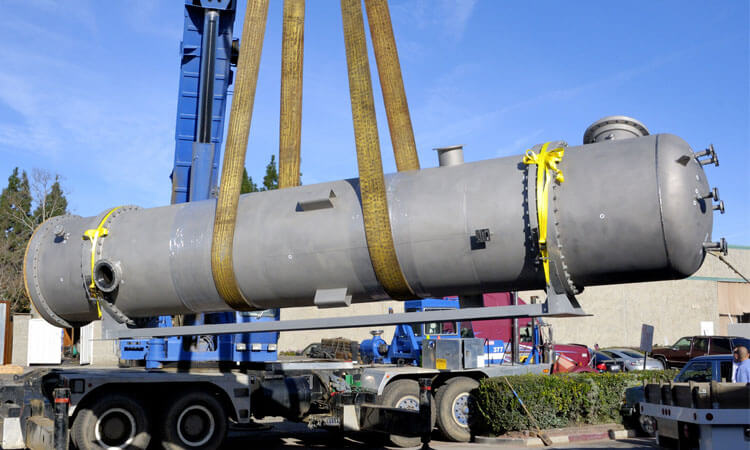
2.Heating and cooling during catalytic cracking. Catalytic cracking is an important processing step in oil refineries, where crude oil is cracked into smaller molecules by contacting it with a catalyst at high temperatures. During this process, shell and tube heat exchangers can be used for heating and cooling reactors at different stages to maintain the appropriate reaction temperature and ensure the performance of the catalyst.
3.Cooling and heating during gas processing. Oil refineries produce a large amount of gases such as hydrogen, methane, and ethylene, which need to be cooled or heated through shell and tube heat exchangers to meet different processing requirements.
Overall, shell and tube heat exchangers play a crucial role in oil refineries, and their efficient heat exchange capabilities can greatly improve energy utilization and production efficiency in oil refineries.

